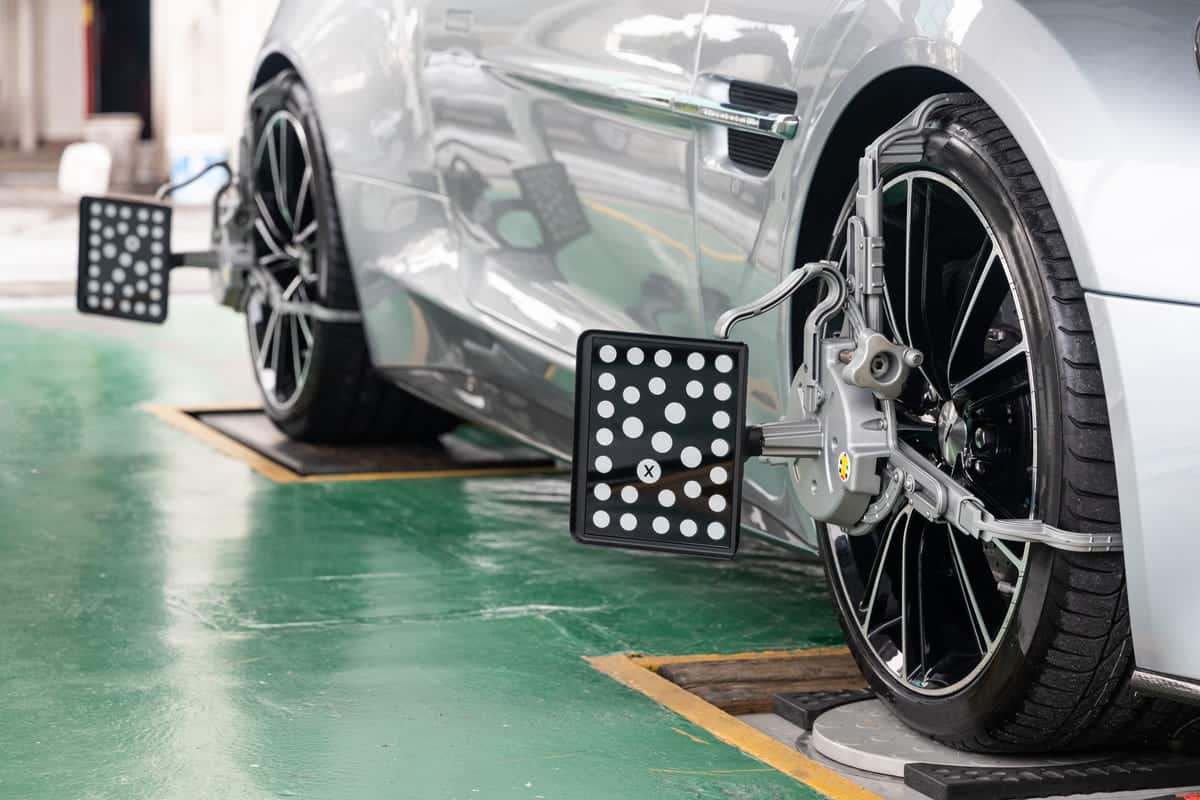Dynamometers are used in many fields including automotive testing, aerospace engineering and industrial machinery. They measure mechanical output precisely so you get optimal performance and reliability. Dynamometer technology is innovating to get more accurate and efficient across many applications.
What is a Dynamometer?
A dynamometer measures force, power or torque. Engineers use it to test engines and machines. In cars a dynamometer tests output. It makes engines better and more efficient.
Factories use dynamometers to test motors and other equipment. They ensure machines work well and safe. There are many types of dynamometers. Some measure how much force an engine produces. Others test how much power a motor consumes.
Dynamometers have many parts. They usually have sensors, brakes and computers. These parts work together to give you accurate readings.
References
- Dynamometer. Wikipedia. Retrieved from https://en.wikipedia.org/wiki/Dynamometer
- Dynamometer. Britannica. Retrieved from
- Dynamometer. ScienceDirect. Retrieved from
History of Dynamometer:
Dynamometer has a long history. In 1821 Gaspard de Prony invented the Prony brake. This early dynamometer measured engine power using friction.
In 1877 William Froude developed a hydraulic dynamometer. It used water to measure force. Engineers found it very useful for testing ship engines.
Edmé Régnier created another one in the 1800s. His device measured hand grip strength. We still use similar tools in medical tests today.
In the early 20th century engineers started developing more advanced dynamometers. These helped improve engines and other machinery.
Today we have digital dynamometers. They use computers to give you highly accurate readings. Modern dynamometers are used in many industries.
References
- History. Wikipedia. Retrieved from
How Does a Dynamometer Work?
A dynamometer measures force, torque or power from engines or machines. Here’s how it works step by step:
Step 1: Secure the Engine or Machine: First, technicians secure the engine or machine to the dynamometer. They attach it firmly to get accurate readings and safe during testing.
Step 2: Connect Sensors: Next, they connect sensors to measure force, torque and speed. These sensors collect data as the engine or machine runs.
Step 3: Start Operation: Technicians start the engine or machine. As it runs the dynamometer applies a load or resistance. This simulates real-world operating conditions.
Step 4: Measure Output: The dynamometer measures the force, torque and power. It uses the connected sensors to capture the data in real-time.
Step 5: Analyze Data: Finally the dynamometer sends the data to a computer. Technicians analyze the results to see how the engine or machine performs.
References
- Dynamometer. Testbook. Retrieved from
Know the Types of Dynamometers
There are many types of dynamometers, each for different purposes. Here are the main ones:
- Engine Dynamometer: Engine dynamometers measure engine power and torque. They are attached to the engine’s crankshaft. Engineers use them to test new engines and improve performance.
- Dynamometer: Chassis dynamometers measure the power output of the vehicle’s wheels. The car drives onto rollers that simulate road conditions. This type tests overall vehicle performance, including drivetrain and tire efficiency.
- Hydraulic Dynamometer: Hydraulic dynamometers use water or oil to create resistance. They measure force and power from engines or machines. These are used in heavy-duty applications like ship engines and large industrial machinery.
- Eddy Current Dynamometer: Eddy current dynamometers use electromagnetic fields to create resistance. They measure power and torque precisely. Engineers prefer them for their accuracy and high-speed applications like testing automotive engines.
- Prony Brake Dynamometer: The Prony brake dynamometer uses friction to measure engine power. A brake applies pressure to a rotating drum attached to the engine. It’s basic but effective and often used in educational settings.
Each type of dynamometer helps engineers and technicians to measure and understand the performance of different engines and machines.
What is the Use of a Dynamometer?
A dynamometer measures how much force, power or torque an engine or machine produces. Engineers and technicians use it for many purposes.
Testing Engines
In the automotive industry, engineers use dynamometers to test car engines. They check how much power the engine makes. This helps them to improve engine performance and efficiency.
Quality Control
Factories use dynamometers to make sure machines work. They test motors and other equipment to catch problems early. This keeps factories running smoothly and safely.
Research and Development
In R&D engineers use dynamometers to develop new technologies. They test prototypes and collect data to improve designs. This results in better and more efficient products.
Medical Applications
Doctors use hand dynamometers to measure grip strength. This helps them to assess muscle function and rehabilitation progress. It’s a simple but effective tool in medical tests.
Sports Science
Athletes and coaches use dynamometers to measure muscle strength. This helps them to plan training and track progress. This ensures athletes perform safely.
Each of these shows how dynamometers are used in many fields. They measure accurately to improve performance, quality, and safety.


